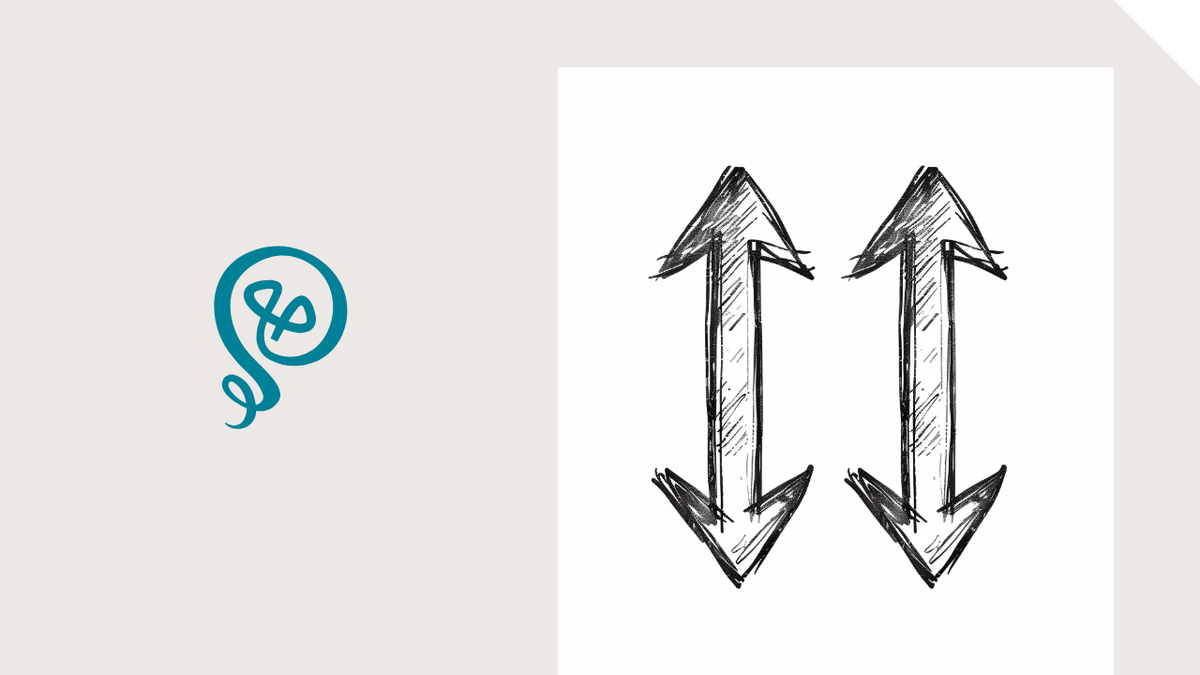Freelance Scaling Strategies: When to Automate vs. When to Outsource
Automate the boring, outsource the tedious, and reclaim your time.

As a solopreneur freelancer, you’re the CEO, the creative engine, the bookkeeper, and the social media manager — sometimes all in the same hour. There’s a certain freedom in running your own show, but it comes with a cost: time.
The more your business grows, the harder it becomes to balance delivering high-quality client work with managing the day-to-day operations of your one-person empire. That’s when busy freelancers face a pivotal question: How do you create space to focus on what truly matters?
The answer lies in automation and outsourcing.
But here’s the catch: not every task can — or should — be automated or handed off. Knowing when to automate, when to outsource, and when to keep things under your own control is what separates a successful freelance scaling strategy from complete chaos.
To explore this delicate balancing act, I spoke with my colleague Anna Burgess Yang, a successful freelance writer in the fintech and product-led content niche. With her years of experience scaling workflows, Anna offers invaluable advice for freelancers ready to reclaim their time and sanity.
Automate: Predictable, repetitive tasks
Before diving into tools or hiring help, start by tracking your daily tasks for a week. What do you do over and over? What feels like groundhog day? These are your prime candidates for automation.
For Anna, a former product manager well-versed in workflow automation, automating tasks from the start was a no-brainer. Her tool of choice? Zapier.
Anna started with two key automations:
- Create a consistent folder structure in Google Drive whenever a new client is added in Airtable. Each client folder contains five separate subfolders for streamlined organization.
- Automatically creating two Google Docs per new project: an internal doc for personal notes and WIPs, and a blank, client-facing doc.

And that’s just the start of it. Anna uses Zapier to automate everything that’s repetitive and predictable — processes that follow the same steps every time.
"I automated until I couldn't automate anymore," Anna explains.
For beginners, Anna recommends a simple automation to start: New Calendar Event to Create Task. This could include setting reminders in Todoist to send follow-ups after discovery calls or adding deadlines to your project management tool, like ClickUp, Asana or Trello.
Don’t automate tasks that require a human touch
Not everything should be fully automated — though Anna advocates for automating to the fullest.
“I’ll automate anything I can, even if it only gets me part of the way there,” she shares. “But I’ll never let automation fully replace the human touch in my work.”
Case in point: Anna has an automation for content repurposing that runs her LinkedIn posts through ChatGPT to reformat them for Threads. But she always manually reviews and edits the posts before they go live.
"Sure, I could automatically send them from ChatGPT to Threads,” she says. “But that's not the type of content that I create and not the type of image I want to put out in the world."
Outsource: Manual, tedious tasks
After 18 months of solo freelancing, Anna hit a wall. She’d automated everything that she possibly could, but was still wasting her time on administrative tasks that required human oversight. That’s why six months ago, she hired a virtual assistant (VA) to handle these in-between tasks.
Anna’s VA takes on responsibilities like:
- Creating social media graphics using Canva templates.
- Updating Airtable with blog details and published work.
- Managing repetitive, but non-automatable tasks, such as reviewing and uploading content.

Clarity is the key to successfully outsourcing
Anna emphasizes the importance of clear communication and well-defined processes.
“It’s not enough to know you need help. You have to articulate exactly what you need. Clear instructions make the difference between a smooth process and a frustrating one.”
She creates a SOP (standard operating procedure) for tasks, recording Loom tutorials and provides detailed written instructions for her VA. This minimizes back-and-forth and makes it more likely that tasks are completed to her standards.
Anna also warns against hiring contractors who fail to follow instructions, especially on initial projects. For example, Anna tried to outsource video editing but the fractional support she brought on either completely ignored her style guide or skipped corrections she explicitly requested.
“If someone can’t follow clear instructions, especially on a first project, they’re not worth trying again. Attention to detail is non-negotiable.”
Watch for these outsourcing red flags:
- Rushing through work without reviewing
- Ignoring style guides or brand standards
- Requiring constant oversight
- Missing deadlines without communication

When to Automate vs. Outsource vs. Keep In-House
Anna’s decision-making framework can guide freelancers on how to allocate tasks effectively:
- Automate: Repetitive, predictable processes like file creation, task reminders, or data entry.
- Outsource: Time-consuming tasks requiring human judgment or creativity, such as graphic creation or social media management.
- Keep In-House: High-value tasks requiring personal expertise, like client-facing work or crafting a LinkedIn post.
For Anna, automation drastically cuts down the amount of manual work she has to do each day. Outsourcing helps her maintain an active social media presence — a crucial part of her marketing strategy. Both strategies free her up to prioritize client work.
Reclaim your time
Scaling as a solopreneur doesn’t have to mean sacrificing your personal life or burning out. With the right mix of automation and outsourcing, you can free yourself to focus on what matters most — delighting clients.
“If outsourcing frees up an extra day in your week, ask yourself: What could you do with that time?” Anna asks. “For me, it meant taking on more client work and growing my business.”
Start by automating simple, repetitive tasks. Outsource what you can’t automate but don’t need to do yourself. And hold the work that defines your brand and showcases your expertise close to your chest. Your business can grow without sacrificing what makes it uniquely yours.
Now it’s your turn. Pick one repetitive task from your list and automate it this week.
Your future self will thank you.







